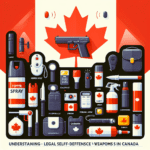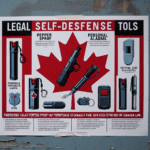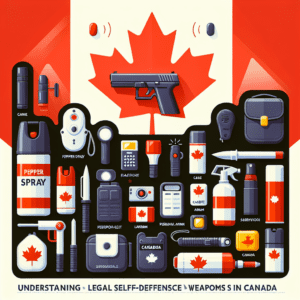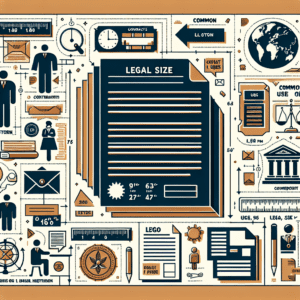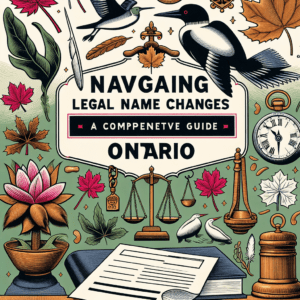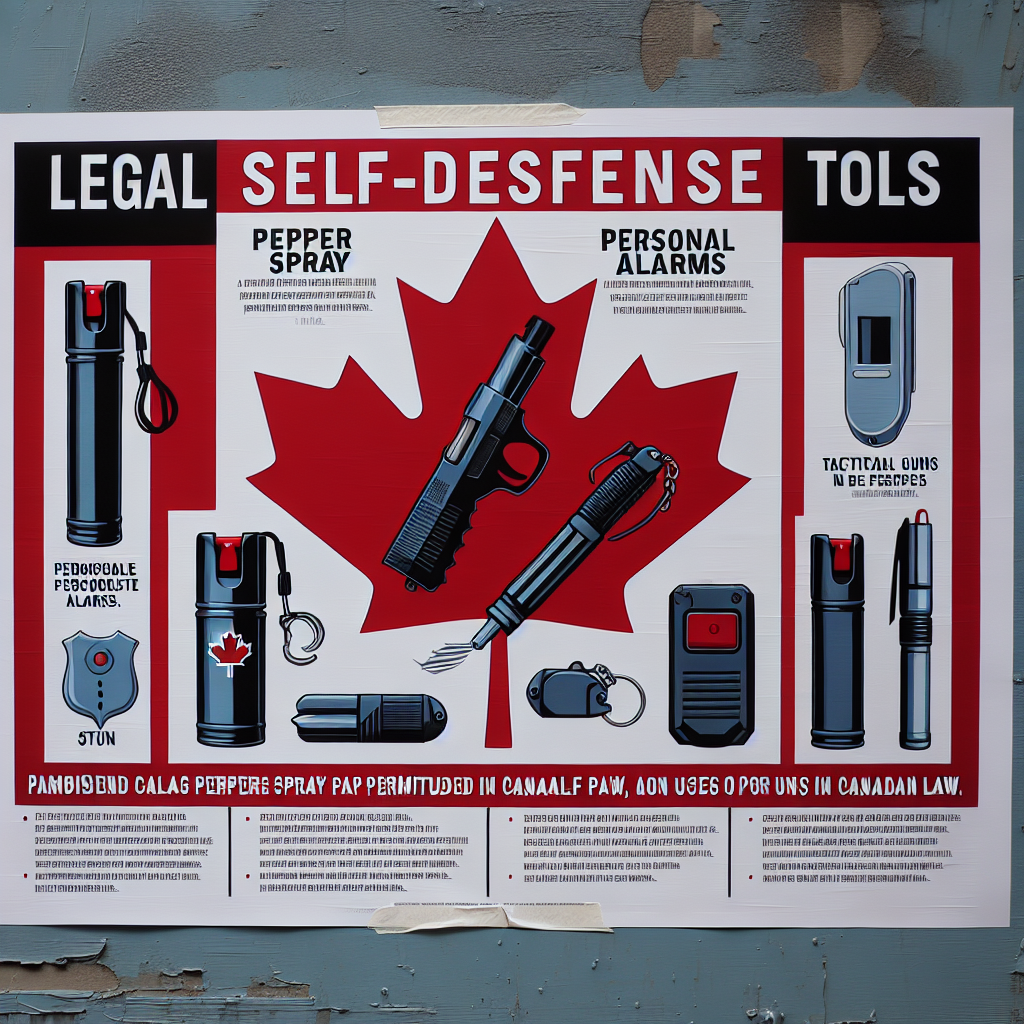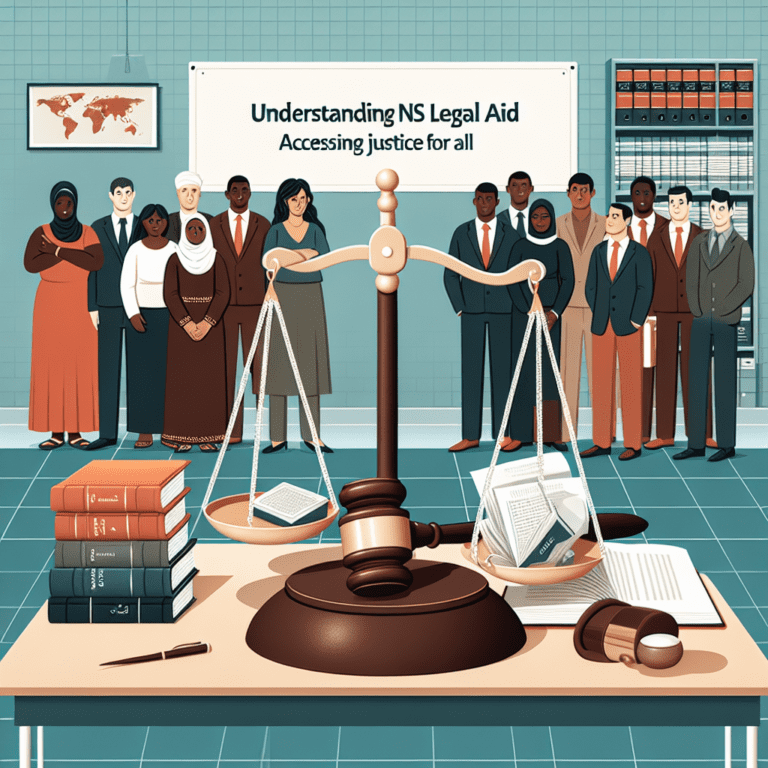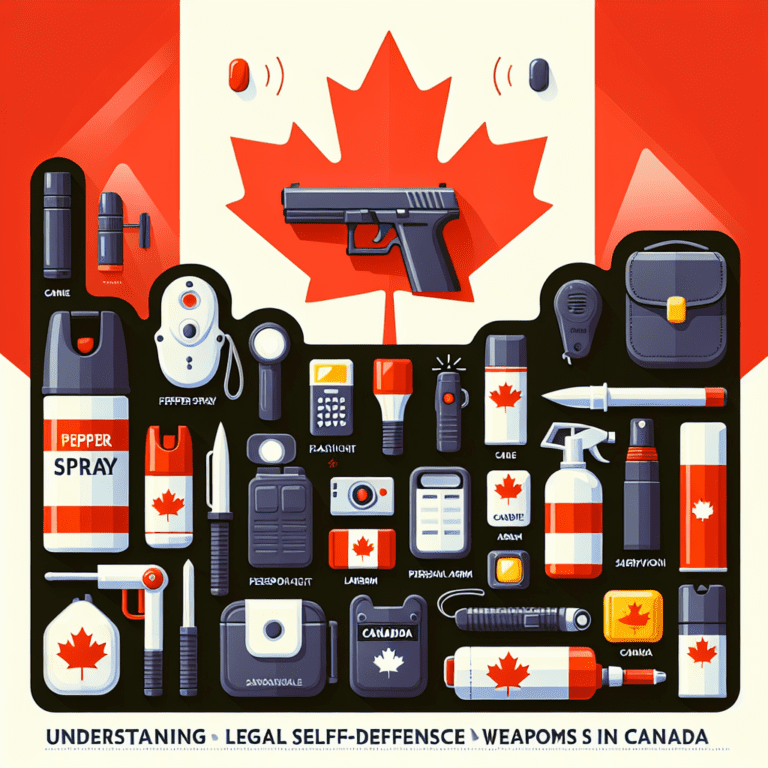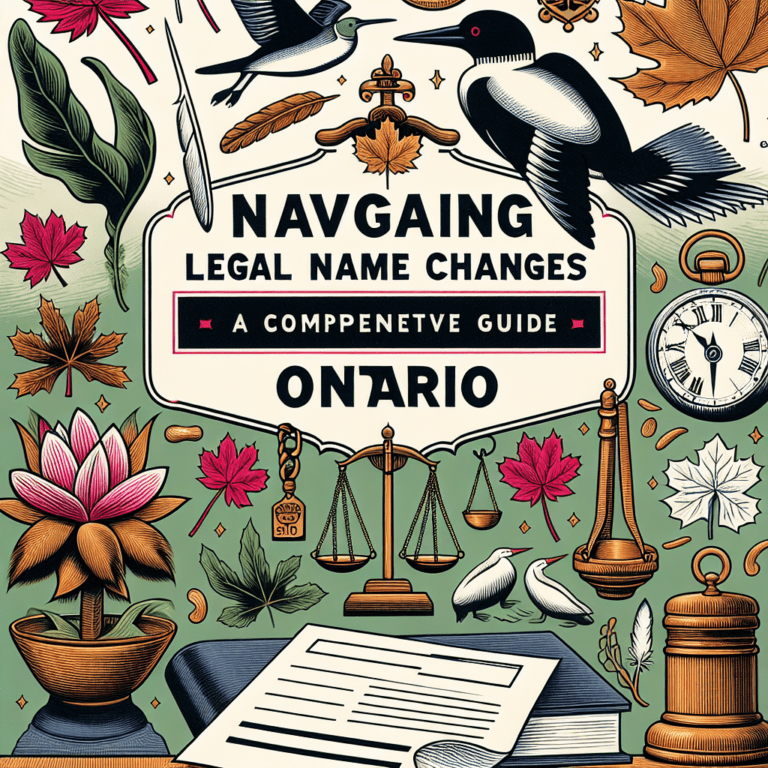===INTRO:===
In a world where personal safety is becoming an increasingly pressing concern, understanding legal self-defense weapons in Canada is crucial. Many Canadians find themselves questioning what constitutes a legal means of protection. The fear of being unprepared during a confrontational situation can weigh heavily on individuals, leading to anxiety and doubt. Fortunately, navigating the complex legal landscape surrounding self-defense weapons can provide clarity and peace of mind. This article delves into the essentials of legal self-defense weapons in Canada, providing the knowledge you need for informed decision-making.
The Basics of Legal Self-Defense Weapons in Canada
When exploring the landscape of self-defense weapons in Canada, it’s essential to understand the distinction between what is legally permissible and what is not. The Criminal Code of Canada outlines specific regulations regarding the possession and use of self-defense tools. In general, items considered as weapons, such as firearms, knives, and other potentially harmful devices, are heavily regulated. However, the law recognizes a spectrum of self-defense tools that can be legally owned, provided they are used appropriately and proportionately in threatening situations.
One of the most commonly misunderstood aspects of self-defense in Canada is the concept of "reasonable use." The law stipulates that self-defense must be a proportionate response to an immediate threat. This means that the use of a weapon is only justified when there is a genuine risk to your safety. For instance, carrying a firearm for the sole purpose of intimidation or deterrence is not legally supported. Therefore, understanding the nuances of these definitions can be the difference between lawful self-defense and criminal charges.
Among the various self-defense tools available to Canadians, options like pepper spray or personal alarms often come to mind. However, it’s important to note that while pepper spray is legal in some provinces, its use is subject to strict regulations. The key takeaway here is that not all self-defense tools are created equal; their legality hinges on factors that include method of use and the context of the threat. This is why comprehensive knowledge of local laws is imperative for anyone considering a self-defense tool.
Navigating the Laws: What You Need to Know About Self-Defense
For those considering the use of self-defense weapons, a critical understanding of Canadian law is paramount. The Criminal Code explicitly defines when and how self-defense can be employed, emphasizing the necessity for actions to be both immediate and proportionate. The key phrases to consider are “imminent danger” and “reasonable force.” These terms can often be subjective, leading to confusion over what constitutes a justifiable response. This is where obtaining legal advice or consulting local regulations becomes invaluable.
Many Canadians mistakenly believe that they can carry a self-defense weapon without restrictions, assuming that their intentions will shield them from legal repercussions. However, this is a misconception that can lead to severe consequences. For instance, while carrying a knife may be legal, using it in a self-defense situation can invoke scrutiny regarding whether the response was proportionate to the perceived threat. This highlights the importance of not only understanding what is legal to carry, but also how to use it defensively if the situation arises.
Moreover, the legal landscape surrounding self-defense weapons is not static; laws evolve continuously. Changes in public policy and societal attitudes can influence the legality of certain self-defense tools. For example, debates over the acceptability of items like stun guns or personal tasers in self-defense contexts have been ongoing. Staying informed through reputable sources can help you navigate these shifts effectively, ensuring that your understanding remains current and comprehensive.
===OUTRO:===
Understanding legal self-defense weapons in Canada is an ongoing journey that requires vigilance, education, and awareness. By familiarizing yourself with the regulations and nuances of self-defense laws, you empower yourself to make informed choices about personal safety. Remember, it’s not just about what you carry; it’s also about how you understand and apply the law in real-life situations. Consider engaging with local law enforcement or legal experts for personalized insights into your rights and responsibilities. By doing so, you can approach your personal safety with confidence, ensuring that you are prepared for whatever challenges may arise. Don’t leave your safety to chance—take charge of your understanding today!
Understanding Legal Self-Defense Weapons in CanadaUnderstanding Legal Paper Size: Dimensions and Uses ExplainedNavigating Legal Name Changes in Ontario: A Comprehensive GuideRelevant LinkRelevant LinkRelevant Link
